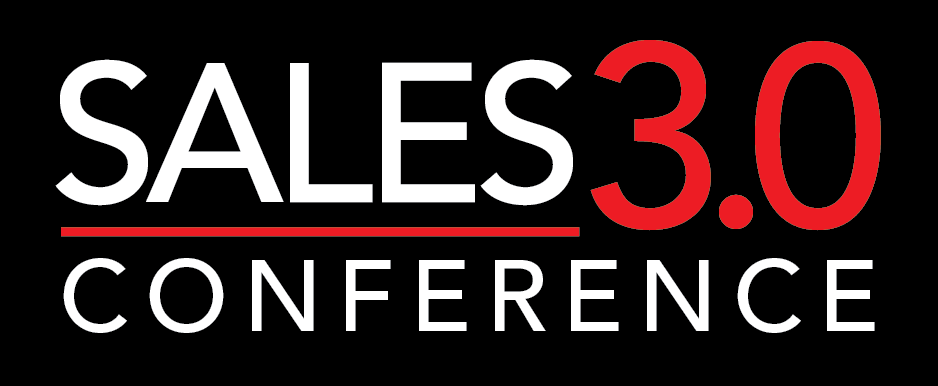Walk into any sales organization today and there’s a new presence in the room.
AI’s not just peeking over your shoulder. It’s transcribing your calls, summarizing meetings, drafting emails, and keeping tabs on your forecast.
But when everyone’s got access to that same digital muscle, human judgment becomes the differentiator.
When AI Levels the Field, Judgment Tips the Scale
The AI gold rush is over. What was once a competitive edge is now the price of entry.
Your competitors have the same tools, the same so-called insights, and the same productivity hacks. What they don’t have – unless they relentlessly invest in it – is people who consistently make smart calls when the script runs out and the stakes go up.
Why does this matter?
Our analysis of more than 150,000 won, lost, and no-decision deals found that, in 53% of lost opportunities, a better selling experience could have changed the outcome.
AI can predict, pattern-match, and automate. But when the data’s incomplete, when stakeholders don’t agree, or when the “right” answer on paper isn’t the right answer in the room, then only human judgment breaks the tie.
By “human judgment” I mean the ability to interpret messy, gray-area variables that AI can’t account for and then make the right call – often when the data is incomplete, ambiguous, or in conflict.
Put simply, the more AI you put in the room, the more your sellers (and their managers) need to show up with something AI can’t automate.
Eight Human Competencies AI Can’t Replicate
As we waded through the data from all those won and lost deals, we began to see a clear pattern emerge: eight sales experiences that decide who wins and who loses.
Here are the eight sales competencies most predictive of wins and losses:
- Align solutions to needs: Spot the real problem that sparked the prospect’s search.
- Make a case for change: Paint a future that buyers want to fight for.
- Demonstrate clear differentiation: Prove your solution uniquely solves the buyer’s needs.
- Articulate meaningful value: Connect what you offer to what your buyer cares about today.
- Help justify decisions: Guide buyers through risk, politics, and competing priorities to “yes.”
- Negotiate creatively: Find a path through, around, or over resistance from the committee.
- Deliver compelling communications: Make yourself and your message more memorable.
- Resolve concerns responsively: Handle your buyer’s objections the right way – and fast.
The next time you wonder whether an AI avatar will take your job, just remember: You can’t automate any of these.
What you can do is train on them, coach them, and reinforce them on your team.
Coaching for Context, Not Compliance
There’s a big difference between coaching for compliance and coaching for context.
Coaching for compliance is what happens when managers check the boxes: Did you follow the process, fill out the CRM, stick to the playbook?
It keeps everyone in line, but it doesn’t impact any of the sales behaviors that matter to buyers.
Coaching for context, on the other hand, is about using buyer feedback tied to the competencies that influence decisions.
And it works.
In fact, our research (in partnership with Florida State University) shows that, when sales reps get coached based on buyer feedback, win rates jump as much as 40%.
Everyone has data, and AI can point out gaps.
But only a human manager can turn feedback into context-rich coaching that drives real behavior change.

Tim Riesterer, chief strategy officer at Corporate Visions, spent decades testing and refining go-to-market strategies that put buyers squarely at the center. Tim has written four insightful books, including Conversations That Win the Complex Sale, The Three Value Conversations, and The Expansion Sale.




